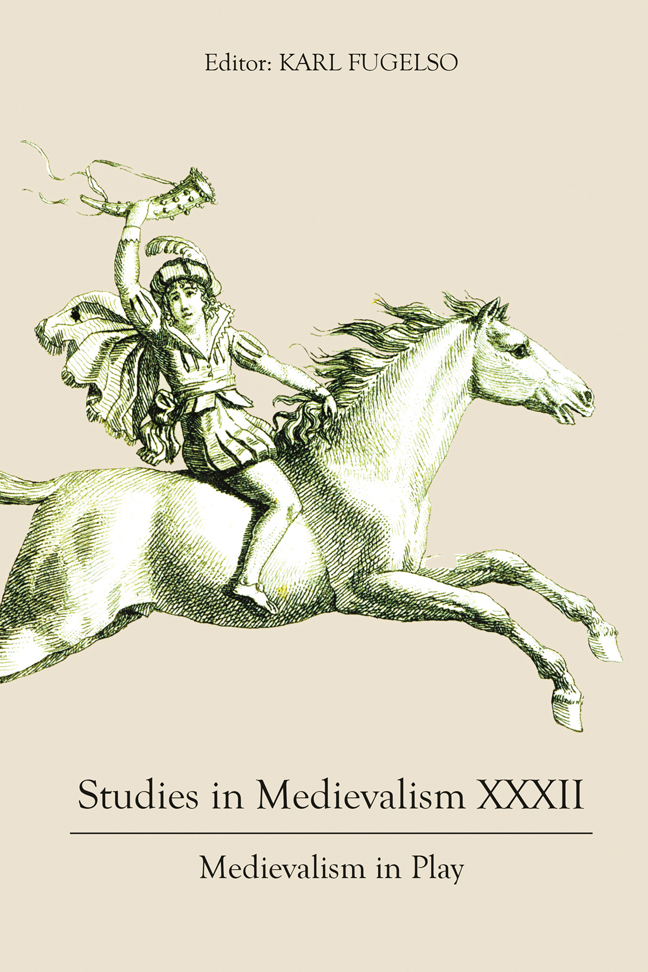Big Sword-in-the-Stone Energy: Queering the Arthurian Romance Pattern in She-Ra and the Princesses of Power
Published online by Cambridge University Press: 12 January 2024
Summary
In 2018, She-Ra and the Princesses of Power, a reboot of the 1980s cartoon She-Ra: Princess of Power, debuted on Netflix. At its release, The Washington Post called it “a youthful revamp bursting with big sword energy.” In addition to its obvious engagement with the Masters of the Universe franchise, the series takes much of its narrative structure from Arthurian romance, grail narratives, and medievalist revisions, to present a neomedieval “ideal of the Middle Ages […] gained not only through contact with the Middle Ages, but through a medieval intermediary” found in the earlier iterations of the franchise. Throughout the series, the main character, Adora, is interpellated into chivalric ideology that belongs first to the Horde and then, later, to the ancient civilization known as the First Ones. Although these ideals help her realize her power, in each case they are found wanting, and Adora ultimately rejects them in favor of a new, more inclusive ideal based on friendship, love, and self-actualization. Princesses of Power plays with familiar Arthurian characters and elements; however, in keeping with its feminist reimagining,
I am deeply grateful to Kevin Moberly for his guidance, advice, and support throughout this project.
He-Man's presence is removed entirely, the Knights of the Round Table are re-styled “The Princess Alliance,” and Arthur takes the form of an 8-foot-tall warrior woman with a sword. The result is a narrative that uses the Arthurian romance as a place for the, as Susan Aronstein phrases it, “playing out of new values” – this time of diversity, friendship, and affirmation of LGBTQ+ identity. Princesses of Power adapts both the Arthurian romance pattern and the original She-Ra series to create a children's program that asks viewers to engage with and critique modern approaches to racism, nationalism, and environmental degradation. Ultimately, the narrative suggests that the way to move beyond these issues lies not in the “might-makes-right” ideology of the past, but in the embracing of feminism, queerness, and self-acceptance.
The original She-Ra: Princess of Power, which ran from 1985 to 1987, walks a fine line between characterizing Adora as both powerful enough to appeal to female fans of He-Man and feminine enough to warrant dolls with brushable hair and multiple accessories.
- Type
- Chapter
- Information
- Studies in Medievalism XXXIIMedievalism in Play, pp. 115 - 130Publisher: Boydell & BrewerPrint publication year: 2023



